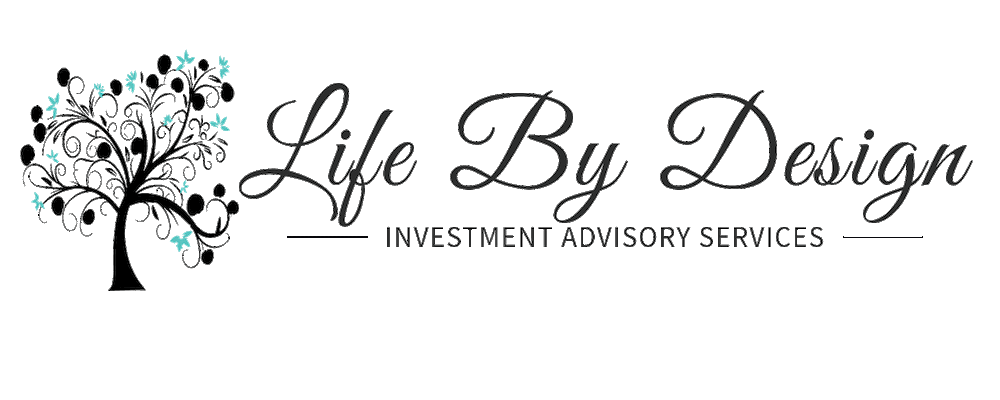More Americans are retiring earlier than you might think
Planning for retirement is without a doubt a long-term project that takes years of saving and adjusting to prepare for successfully. It certainly isn’t a fix it and forget it endeavor. But no matter how well you prepare or how diligently you save, the reality is that health issues, company downsizing, a worldwide pandemic, or simply personal preference may put you face to face with an early or unexpected retirement.
How common is retiring early? Perhaps more common than you might think. According to a new study by Allianz Life, more than half of Americans retire earlier than expected and for reasons outside their control. What’s even more interesting about this data is that it was collected before the spread of the COVID-19 virus when major businesses and companies facing economic struggle began offering voluntary buyouts and early retirement packages to their employees. This may suggest, then, that individuals around the world could be retiring sooner than planned.
So how can you prepare for an unexpected retirement? Of course, you’ll always want to consult with your financial professional before making any life-altering decisions, but here are some items to consider should you find yourself in this position.
1. Plan Your Exit Strategy
Leaving the workforce is a process that involves far more than packing up your desk on your final day and heading for the door. Besides your steady paycheck, you’ll be leaving behind other employer-related benefits such as health insurance coverage and retirement account matches. In order to receive all your benefits, especially in a profit-sharing situation, for example, you’ll need to time your exit strategy with care. Do you have paid leave you can cash out? If so, when are you eligible to do so? Take advantage of all your benefits before leaving. After all, you earned them.
2. Consider the Tax Implications of Retirement Plan Offerings
The structure and value of retirement plan options can vary greatly from employer to employer. If you are choosing to retire voluntarily, that is you aren’t being offered a buyout or early retirement plan option, you’ll likely be able to choose between taking a lump sum up front or phasing out your retirement benefits over time. Of course, you’ll need to decide which option best aligns with your other retirement income sources and how the tax treatment will affect your after-tax, take-home amount. For example, if you expect to have a higher income down the road, you may choose the lump sum option now rather than later when the extra income could bump you into a higher tax bracket. In reverse, if you anticipate having a lower income later, you may decide phasing your benefits out is a better option.
3. Align with Your Spouse
Your ability to manage your income and mitigate your tax burdens can largely determine the longevity of your retirement savings. Therefore, if you are married and pool your income with your spouse, you’ll want to align your retirement plan options with theirs. Planning together will give you the highest probability of success for maximizing your long-term income, making the most of your social security benefits, and managing taxes over time.
4. Decide on Healthcare Coverage
You’ll want to make sure you have healthcare lined up so you don’t suffer a lapse in coverage. If you aren’t yet eligible for Medicare, you will need to decide whether it is more beneficial to purchase your own individual insurance or extend your employer coverage through COBRA. Keep in mind, COBRA coverage is only available for a limited time after you leave your job so you’ll want to make sure it bridges the time gap you need beforehand.
What We Do
Facing an early retirement may not be in your plans, but external forces outside your control could force this to become a reality. In the event you are faced with this decision, be sure to consider all the short and long-term consequences of your actions. No one wants to outlive his or her assets or become a financial burden on their family.
Before taking the leap, ask questions and discover solutions from a Retirement Management Advisor®. The RMA® designation is an advanced certification for advisors who want to mitigate clients’ risks and master the retirement planning advisory process, all within an increasingly fiduciary environment. The RMA® program teaches financial professionals to take a holistic approach to your retirement needs. Retirement Management Advisor® professionals look beyond managing investments or retirement products and take a multidisciplinary approach to develop a complete framework for your retirement plan. Only an elite few advisors hold the prestigious, advanced RMA® certification, which is delivered by the Investments & Wealth Institute®.
We have solutions for you, talk to your Retirement Management Advisor® today.

Monique Marshall, RMA®, AIF®
President & Founder, Life By Design Investment Advisory Services
Life By Design Investment Advisory Services is a registered investment adviser. Information presented is for educational purposes only and does not intend to make an offer or solicitation for the sale or purchase of any specific securities, investments, or investment strategies. Investments involve risk and, unless otherwise stated, are not guaranteed. Be sure to first consult with a qualified financial adviser and/or tax professional before implementing any strategy discussed herein.




